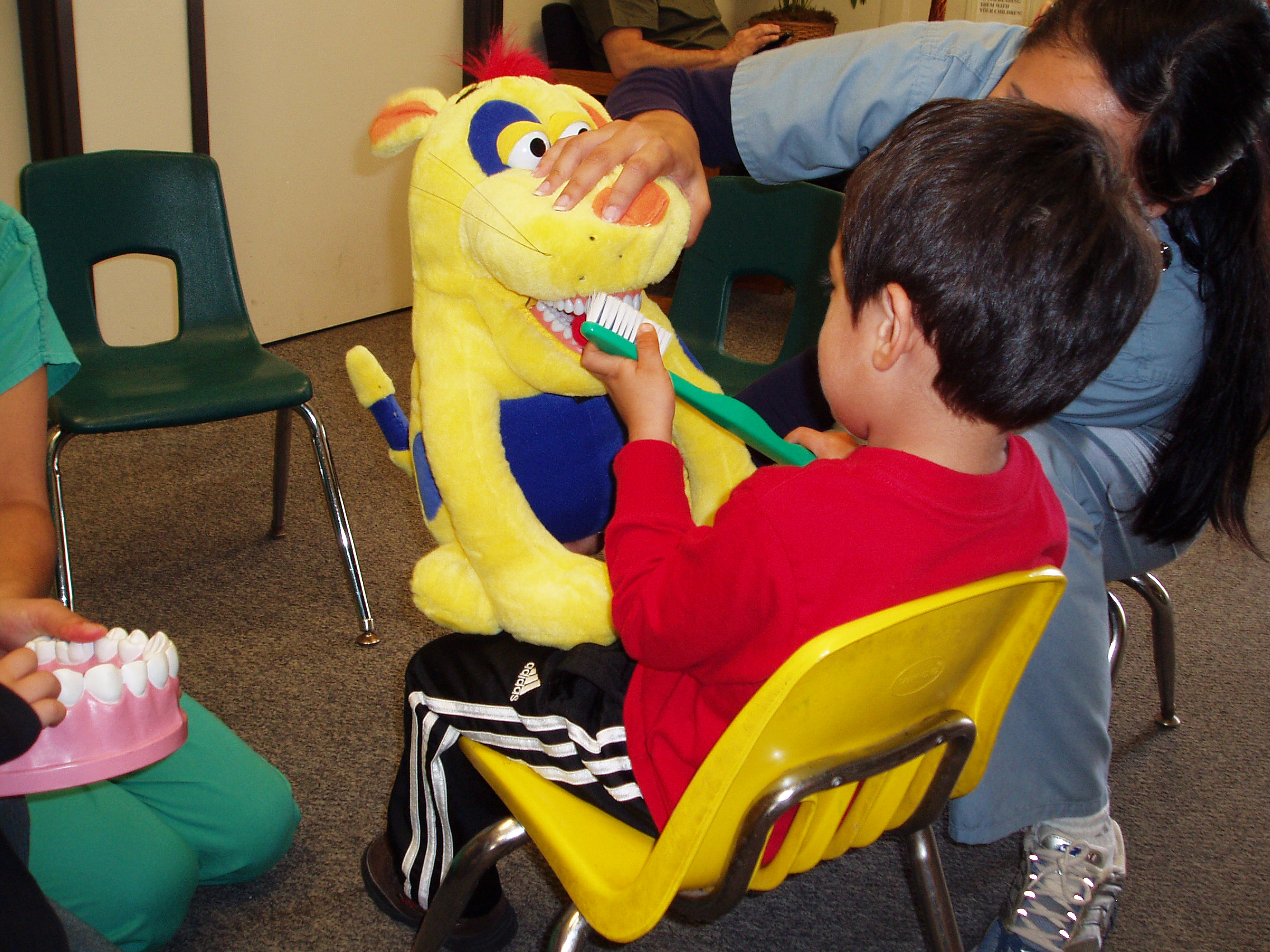Pediatric dentist Deya Sanchez spent an ordinary day in March seeing patients in the UCLA Venice Dental Center in Venice. Less than a day later, she was traveling to Washington, D.C., to convince legislators to maintain funding for pediatric dentistry programs like the one she’s in at UCLA.
She holds both these responsibilities as a member of the Community Health and Advocacy Training-Pediatric Dentistry program, a federally funded residency program through the UCLA School of Dentistry.
Most dentistry residency programs only teach residents to “fill and drill,” Sanchez said. But the CHAT-PD program integrates its dentists into communities to serve children medically and find solutions for the underlying problems that lead to dental health issues in children.
One of the main issues is caries, a disease transmittable from mothers to children that can cause a child’s teeth to rot by the age of 2. Many parents in underserved communities do not know to take their children to the dentist that early, so the problem progresses instead of being reversed early on, said CHAT-PD program coordinator Robin Flint.
Instead of just treating the patients, CHAT-PD residents work in their community, either San Diego or Venice, to prevent the disease at a young age through projects like annual dental screenings in elementary schools.
“This program is training (residents) to look at what can we do beyond our office, working with community where the kids are,” Flint said.
As a U.S. Navy dentist before her pediatric dental residency, San Diego CHAT-PD resident Breanne Reid was used to completing procedures without thinking about the cost. In the pediatric dentistry clinic now, she tries to help mothers understand the importance of maintaining their child’s dental health instead of just performing the procedures.
The results are mixed, she said. Sometimes, teaching mothers how to take care of their children also teaches them how to care for themselves.
There have been times when mothers have not only returned for their child’s appointment but have made their own, talking to Reid about which toothbrush to use and asking for approval.
Other times, Reid said patients are known to come in, get work done, then not return for two or three years.
“Sometimes it feels like you’re fighting a losing battle, but you’ve got to keep trying,” Reid said.
Reid, along with eight other CHAT-PD residents and even more pediatric dentists from the American Academy of Pediatric Dentistry, met with legislators to improve pediatric dental care through advocacy, said Dr. Jim Crall, chair of the department of pediatric dentistry.
Crall, who is a veteran advocate, led meetings with congressional members and residents.
One topic of discussion directly affects the residents ““ they depend on the federal government for community-based pediatric dentistry programs such as CHAT-PD.
Residents like Sanchez were able to provide personal experience, instead of Crall and others just telling congressional leaders the importance of their work.
“(Residents’ presence) is significant to Congress members,” Crall said. “They really perk up when they can see the people participating in the program.”
The point of such exposure in Washington, Crall said, is to prepare dentists for their own advocacy work in the future.
“(The program) is designed to train you to work with your community,” Sanchez said. “Not just as a provider but at a bigger level with other community advocates.”

Good job Dr. Sanchez. That’s a good advocacy of yours helping our little one’s with their dental problems. FocusDentalGroup.com